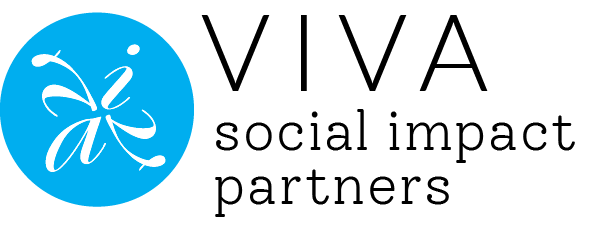2 min read
Investing in the Nonprofit Sector by Strengthening Leadership Capacity
Laura Bowen
October 18, 2018
Blog

Investing in Organizations
Effective nonprofits are vital to the healthy development and quality of life in any community. An effective nonprofit, is one with a strong capacity to deliver on its mission. Naturally, this starts with a clear mission and purpose, but it also includes strong governance and leadership as well as financial and professional development systems and infrastructure capacity.
It should not be news that investing in technology, infrastructure, and professional development leads to stronger organizations. Certainly, the private sector understands this and nonprofits should not be an exception to this rule. Yet, unrealistic expectations about how much it costs to run a nonprofit and the pressure to bend to unrealistic expectations about costs leads to an under-investment in strengthening the capacity of nonprofit organizations. Even though overall investment in the sector is growing, we continue to expect individual nonprofit organizations to do more with less.
Investing in People
The greatest asset of any organization is its people. Since nonprofit organizations are primarily service-oriented organizations that serve vulnerable populations, investing in professional development programs simply makes sense to enhance the quality of those services. Learning and development programs that utilize workshops, training, coaching, and lecture formats to strengthen capacity, should be seen as investments in lifelong learning and development that update the skills sets of professionals to more effectively meet the demand for human services across the sector.
In addition to enhancing quality of service, such programs help to retain talented individuals in the field and prepare them for future leadership roles. The data is clear. Studies have conclusively demonstrated the return on investment of professional development efforts, including their impact on the communities served and professionals retained. But while training and professional development is widely recognized as an important component of preparing new leaders, investment in this area is still lacking.
Professional development activities remain unaffordable for many organizations or are simply seen as a luxury or distraction from the more important focus on direct services to clients. This is a false economy. As the research demonstrates, investing in training and capacity building pays for itself and produces results that exceed the costs.
Investing in Leaders
Taking advantage of highly effective professional and leadership development programs is not only crucial to skill building, but is also crucial to creating a deeper leadership talent pool. Cultivating ready successors for the next generation of nonprofit leaders should be a priority for funders and board members in every community. Yet, according to a study from Third Sector New England, 60 percent of the organizations they surveyed said they did not have a formal succession plan in place even though nearly a third of the nonprofit leaders who were surveyed said they planned to leave their jobs within two years.
Investing in the pipeline of emerging leaders is perhaps the most prudent investment a funder can make. But even with limited or no additional funding, organizations can make immediate progress on leadership development through carefully chosen “stretch” assignments and leveraging the talents, skills and knowledge of board and advisory members with leadership experience. Targeted activities that focus on improving core leadership skills and capabilities in such areas as governance and board engagement, community engagement and collaboration, marketing and communications, team building and conflict management as well as facilitating productive meetings are tantamount to managing effective organizations and producing concrete improvements in the areas nonprofits care about the most.
Conclusion
The constraints in the social sector, including limited resources and a culture that views investments in talent as “optional,” creates a vicious cycle where organizations end up spending their hard earned dollars bringing in new talent rather than developing and retaining their existing pool of leaders. The shift that is needed is to move the public away from believing that nonprofits should not invest their donor dollars on overhead, to one where investing in nonprofit staff and infrastructure is seen as paramount to the success of organizations and communities alike.
This shift then must result in a shift in supports given to early and mid-career leaders to develop the skill sets they need to succeed in creating social impact and remain in the field for years to come.
